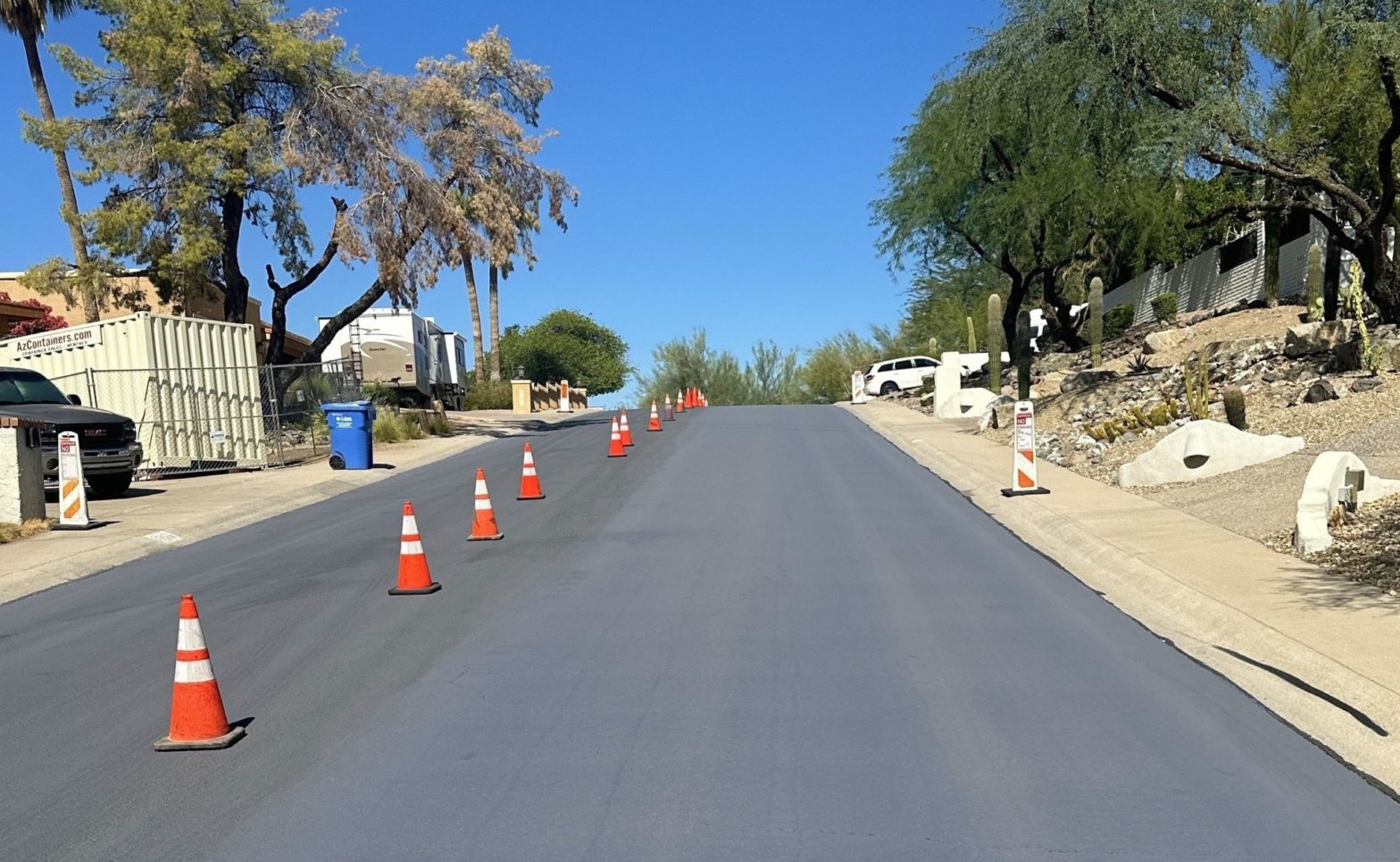
Photo: unnamed
Auckland to comprise 40 percent of New Zealand population by 2040
04 April 2017
by Jonathan Andrews
Auckland, New Zealand’s largest city, could rise in population to 2.2 million in a little more than 20 years, accounting for more than 40 percent of the country by 2040, a speaker at the C40 Financing Sustainable Cities Forum in London told invited guests today.
Sue Tindal, Group Chief Financial Officer, Auckland Council, told Cities Today the city’s rapid growth could lead to a 27 percent increase in its population of 1.6 million within 25 years. Auckland currently makes up 37 percent of New Zealand’s annual GDP.
Expectations of a surge in migration follows a recorded spike in arrivals to the city from countries such as the UK and the US since the EU referendum and US elections in 2016. Other factors include the return of New Zealanders with families abroad, offshore students seeking to enter the labour market and increasing numbers of New Zealanders wishing to move from the country’s south to the north island, after a devastating earthquake hit Christchurch in 2011.
But a rapidly growing population is placing pressure on the city’s social services and housing sector. The average house price in Auckland fetches more than 1 million New Zealand dollars (US$700,000), according to Tindal.
“We’ve got a real issue in Auckland about affordable housing. We’ve got a lot of people who simply can’t afford to buy a home. That’s not just homeownership, that’s about finding affordable rental accommodation as well,” she said.
Tindal also said urban leaders have a clear responsibility to tackle the issue of overpopulation, though mentioned the size of New Zealand allows central and local governments to share information more easily in order to tackle the risks of overpopulation.
“Our central government has tried to encourage migrants to New Zealand to move somewhere other than Auckland,” she said. “The challenge is, while they can get people to do that, its not the job of the employment base to support it.”
Tindal mentioned that seasonal employment in regional towns such as Hawkes Bay on the east coast of the north island, where fruit and vegetables grow during peak seasons, are able to attract migrants to jobs for short periods. However, these attractive areas risk creating a shortage of employment after these optimal times of year, forcing migrants back to Auckland in the long-term.
Auckland’s municipality meanwhile is channelling investment into infrastructure to ensure sustainable growth that can accommodate a swell in population. Attracting investment to the city meanwhile is relatively easy, Tindal said. Life insurance companies in Asia that are seeking to offset their liabilities are consistently drawn to New Zealand dollar bond issuances, for which the average tenor is 5.8 years, with the average weighted cost of funds around 5 percent.
“We don’t have an issue attracting investment” he added. “A traditional PPP structure doesn’t work for us, because it’s on balance sheet exposure. The way to do that is through special purpose vehicle structures. What we really need, and what we do a lot of already, is collaboration between the central government, ourselves and private sector parties and investors.”







